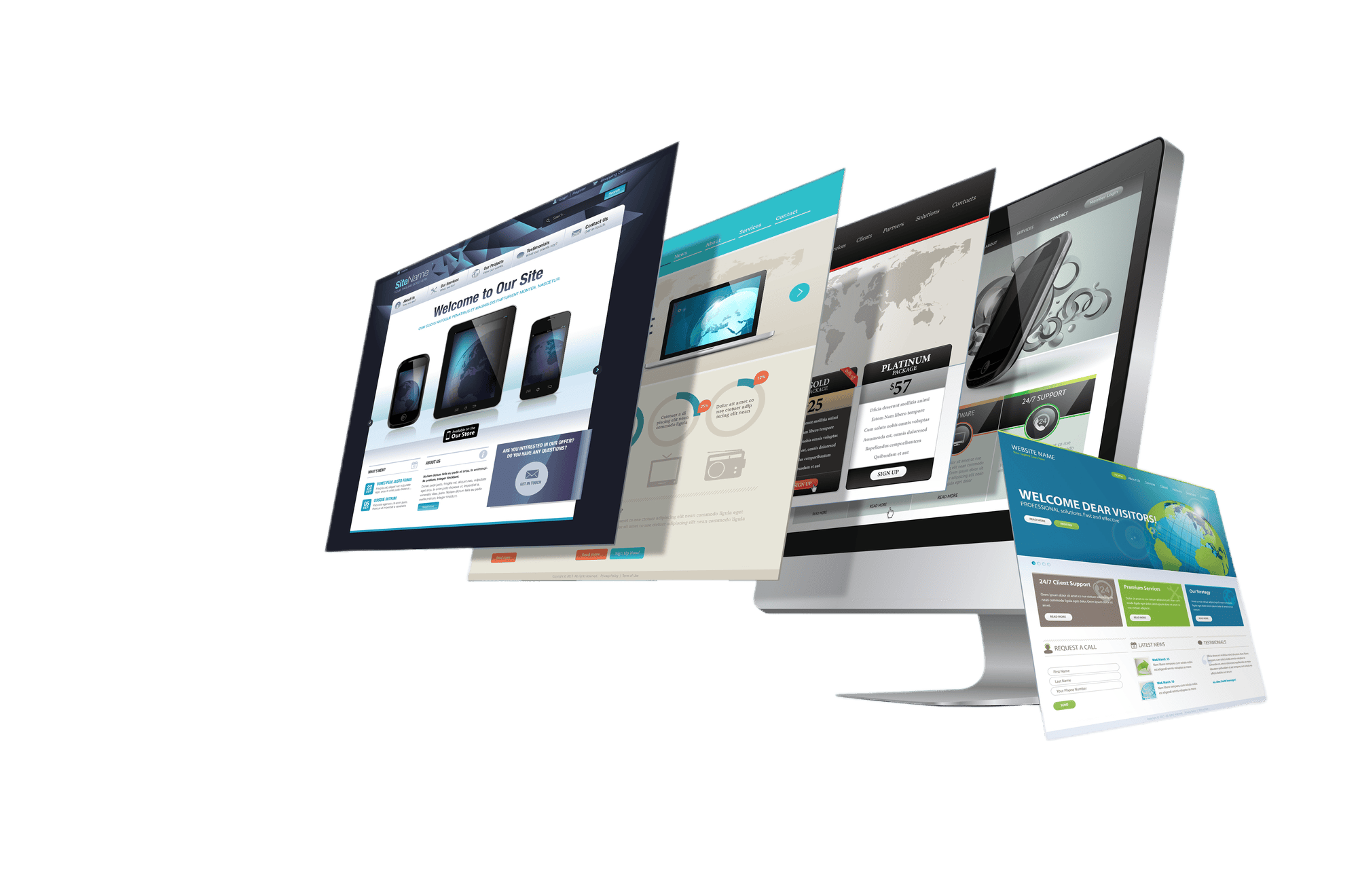What Is Search Intent? A In-Depth Guide on Understanding Web Users
When trying to understand web users, you need to know that 53% of trackable website traffic comes from organic traffic. Organic traffic indicates visitors like your content and are more likely to convert. It’s more sustainable and relevant to the user’s search intent.
Search intent (user intent) is a web user’s main objective when they type a query into a search engine. Its common types include commercial, informational, navigational, and transactional. Make search intent part of your approach to succeed with content marketing and search engine optimization today.
In this guide, we’ll discuss what search intent is. We’ll also walk you through its four types and share examples of each. Read on for more insights:
Understanding Search Intent: What Is Search Intent?
Search intent is why someone enters a specific query into a search engine. When you ask a question, it’s like you have a specific goal in mind, whether it’s to learn something, find a specific website, or make a purchase.
There are several reasons why small to medium-sized business owners (SMBs) should know about search intent. It helps these businesses understand the motivations behind user searches. As such, they can create content that resonates with their target audience’s interests and needs.
When content aligns with user intent, it provides users with the information they seek. This way, it fosters a positive experience and encourages them to spend more time on the website. Increased engagement can improve website metrics, such as bounce and click-through rates.
Once you understand the intent behind search queries, you can tailor your keywords and content to match the specific needs of their target audience. This way, your business website will rank higher in search engine results pages (SERPs). You’ll also increase its visibility and attract more organic traffic.
How to Determine Search Intent
A marketing funnel describes the customer journey from awareness to purchase. Informational search intent is usually at the top of the marketing funnel. It’s when people first learn about a topic.
Commercial search intent is in the middle of the funnel when people consider different options. Transactional search intent is at the bottom of the funnel when the user is ready to buy. You need to analyze the keyword, examine SERPs, and understand user behavior patterns when establishing search intent.
The Four Types of Search Intent
Search intent falls into four categories, including navigational, informational, commercial, and transactional intent. With navigational intent, web users want to find specific pages online. But with informational intent, users would like to learn more about something.
Commercial search intent comes into play when users do some research before buying an item. When a user has transactional intent, they are usually looking for websites that can help them complete a specific function. Let’s break down each of these types of search intent below:
1. Navigational Search Intent: Finding Your Way
Imagine you’re planning a trip to Paris and want to find the official website for the Eiffel Tower. You type “Eiffel Tower official website” into the search bar. As you do this, you’re not looking for information or trying to make a purchase.
Instead, you want to find a specific website and reach your destination quickly. As such, navigational search intent is the intention of a user to find a website or web page. It’s usually short and to the point and often includes the name of the website or brand.
When a user enters a navigational search query, they are at the point where they are ready to visit a website. You should optimize your business website for navigational search intent. Doing this increases the likelihood of getting more clicks and traffic to the site.
Make sure that your website is easy to navigate. It should also be easy for users to find the information they seek. An experienced web designer can help you achieve this goal.
You should also use relevant keywords in your website’s title tags and meta descriptions. These elements can help your website to rank higher in search results. The search results would reflect navigational search queries.
Social media is a great platform to promote your website. So, share links to your website on social media and encourage users to visit your site. You’ll attract more visitors to the website and achieve your business goals.
2. Informational Search Intent: Quenching Your Curiosity
Let’s say the ancient Egyptian pyramids fascinate you, and you want to learn more about their construction. You type “how were the Egyptian pyramids built” into the search engine. With this search query, you’ll seek knowledge or understanding on a particular topic.
The search engine will offer relevant articles, videos, or other resources to satisfy your curiosity.
Informational search intent occurs when a user types a query into a search engine. Their goal is to learn or understand a particular topic. They seek answers to questions or educate themselves on specific subjects.
When you offer informative and valuable content, your business can position itself as a thought leader. It can also attract a broader audience of potential customers. These customers actively seek information related to your products or services.
You should engage with informational searchers to build trust. Do this to lay the foundation for future interactions and potential sales. But first, identify informational keywords and create high-quality content around them.
Analyze search trends and user behaviors to identify keywords that show informational intent. With these trends, develop comprehensive, well-researched content. The content should address user queries and provide valuable insights.
Use headings, subheadings, and clear organization to structure the content. These elements help improve its readability. They can also boost search engine visibility.
Quality engaging visuals, such as images, infographics, and videos, should be part of your content. Use them to make content more presentable and capture attention. You should also promote the content on online communities and track engagement to assess its effectiveness.
3. Commercial Search Intent: Researching Before You Buy
For instance, you’re considering buying a new smartphone and want to compare different models. You type “best smartphones in 2023” into the search bar. As you do this, you’re in the research phase of a potential purchase.
You’re looking for information to help you decide. The search engine will give reviews, comparisons, and pricing information to help you make an informed choice. With this example, it’s clear that search intent occurs when a user types a query into a search engine to research or make a purchase.
A business can attract interested users when it understands and targets commercial search intent. Commercial search queries also show a higher level of interest and user engagement.
You can offer the right information and address user concerns to encourage commercial searchers to make a purchase or take action. To do this, analyze search terms and user behavior. These elements will help you identify keywords that signal commercial intent.
You should also develop content that addresses product features, benefits, and comparisons. The content can inform and guide decision-making. Remember to use SEO strategies to optimize your product pages, address user concerns, and track performance.
4. Transactional Search Intent: Taking Action
Let’s say you found the perfect smartphone and are ready to make a purchase. You type “buy Samsung Galaxy S23” into the search engine. At this point, you’re ready to take action, whether making a purchase, signing up for a service, or downloading a file.
The search engine will give you links to retailers or direct you to the official website to complete your transaction. As such, it suggests that transactional search intent focuses on taking action and completing goals. In this case, the web user won’t seek information or browse for inspiration.
The user’s query typically includes words like “buy,” “purchase,” “sign up,” “download,” or “subscribe.” It also focuses on a particular product, brand, or service. The user is also ready to take action immediately, indicating a high level of user interest and engagement.
As they recognize transactional search intent, search engines offer web users the most direct route to completing their desired action. They may display links to product pages or service provider websites that can help start the transaction. Users also access comparison shopping results (to make better decisions) and call-to-action buttons that directly lead to the purchase or sign-up process.
Businesses can optimize content to attract and convert users with transactional search intent. They should clearly state the product or service being offered and its benefits. It’s also important to prompt users to take action, using phrases like “Buy Now” or “Sign Up” to build trust and offer secure checkout processes.
Ready to Take Your Business to the Next Level?
Search intent is the underlying reason users enter specific queries into a search engine. Once you understand its different types, you can tailor your content to the user’s expectations. As a result, you’ll have increased engagement, better search engine rankings, and, ultimately, higher sales.
At Faith Web Designers, we understand the importance of a visually appealing and user-friendly website. If you’re ready to take your business to the next level, reach out to us for a free consultation. We’ll work with you to create a website that’ll help you reach your audience and achieve your business goals.





